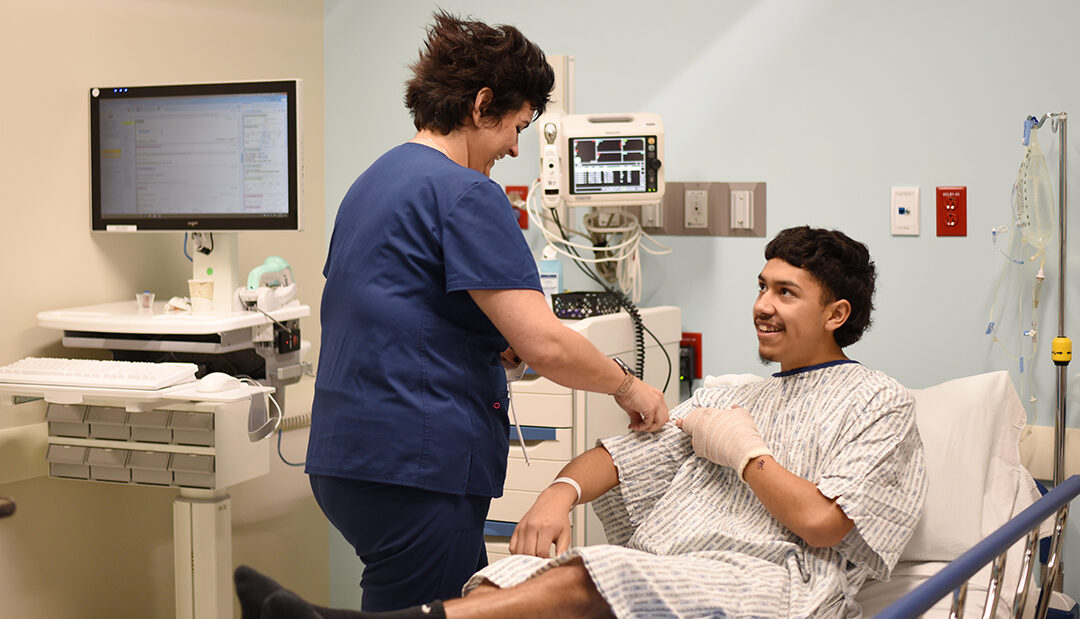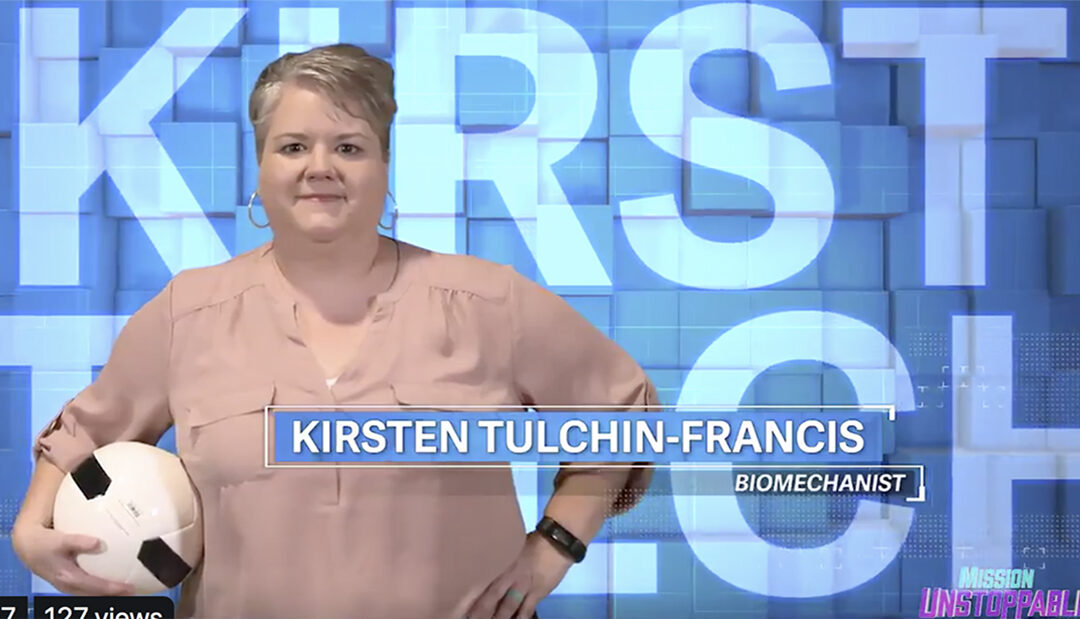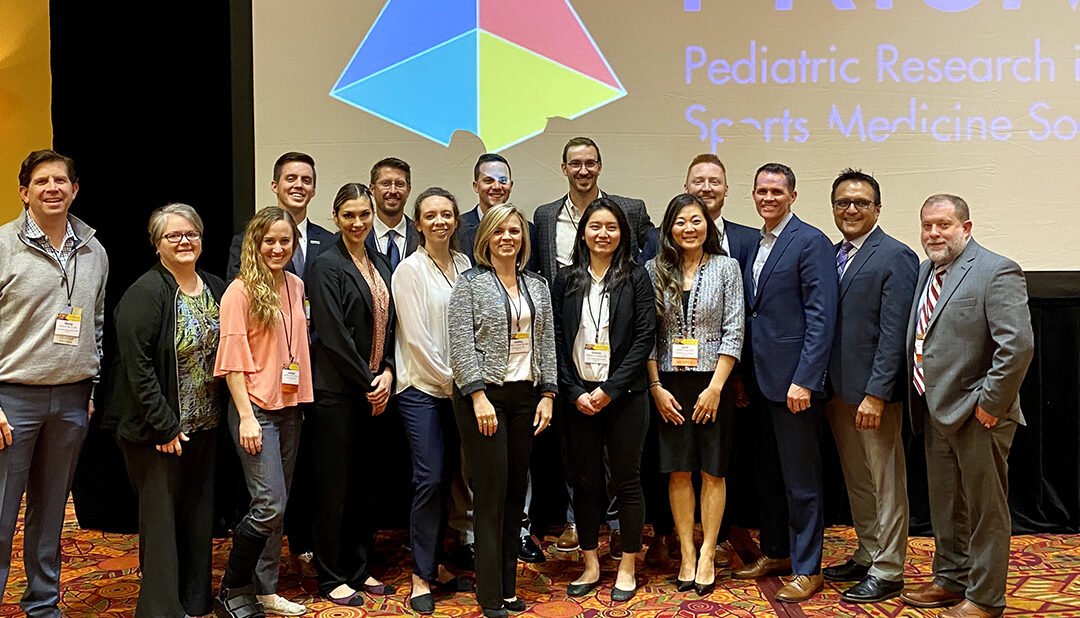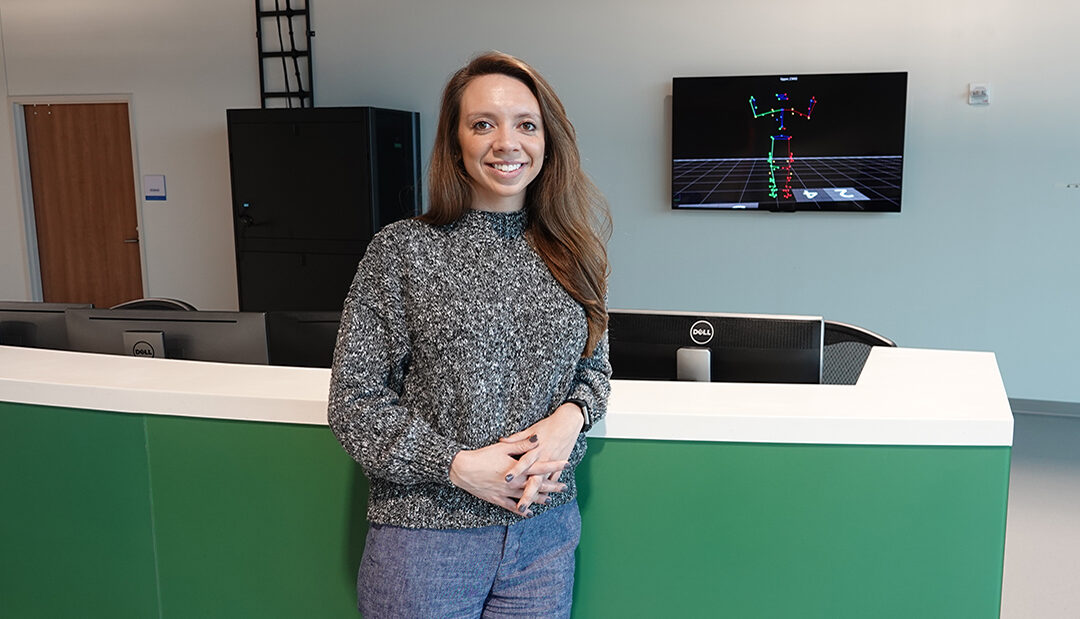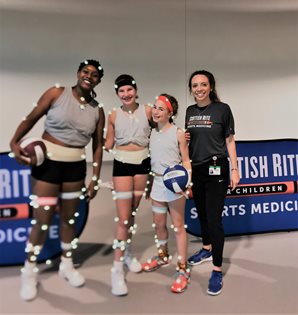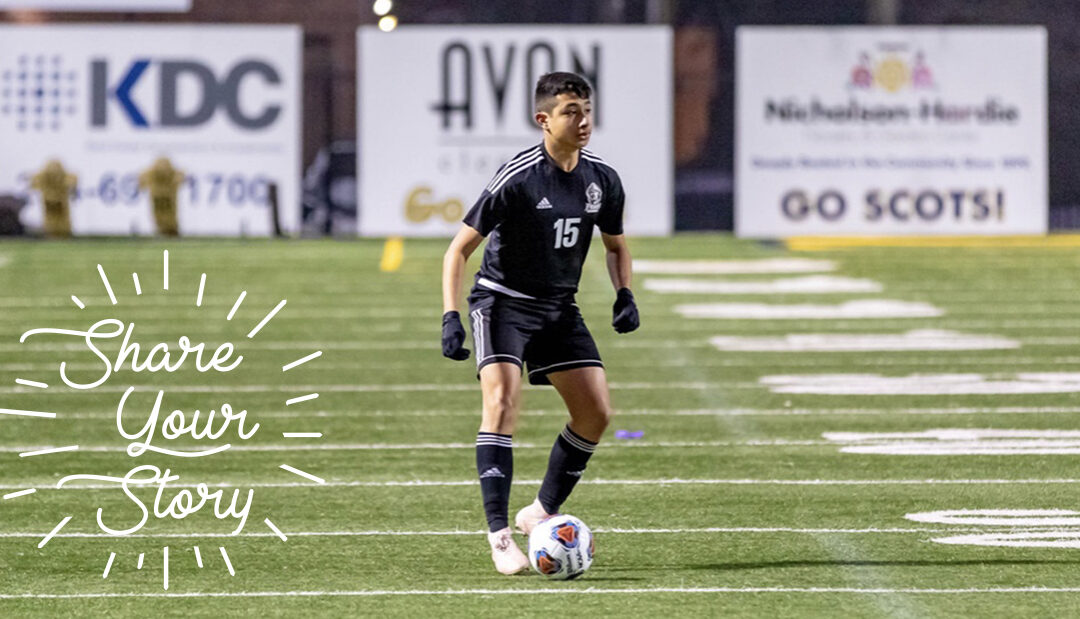
Share Your Story: Anthony’s Goal
Meet Anthony, a patient seen by our Sports Medicine experts. Learn more about his journey below.
Blog written by Anthony’s mom, Daisy, of Dallas, Texas.
I did some research and found Scottish Rite for Children where Anthony was able to be seen by Dr. Wilson. He immediately thought Anthony would be a candidate for a special ACL reconstruction procedure that would not harm the growth plates.
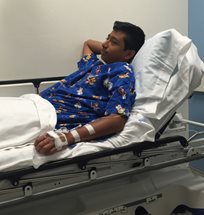
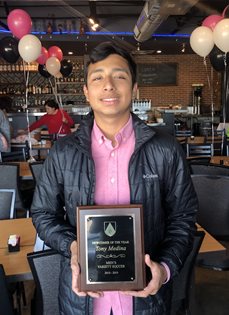
Following his surgery, Anthony had to do a good amount of physical therapy. That entire team was amazing. Getting a teenager to do uncomfortable exercises can be a challenge, but they pushed and encouraged Anthony throughout the process. The physical therapists didn’t simply give him exercises on a sheet on paper – they motivated him and helped make the rehab easier. Nine months after his surgery, he was able to play soccer again and came back stronger and better than ever – scoring three goals in that game!
Now at 16, Anthony is going strong and still loves to play soccer. I would encourage other families, that are in similar situations, to research and seek second opinions. Had we not seen Dr. Wilson, Anthony would have stopped playing soccer because that is what the first doctor thought was best.
Anthony is forever grateful to Dr. Wilson and his team for helping get him back to what he loves – soccer.
Our family is thankful for continued education and research that Scottish Rite does on a daily basis.
